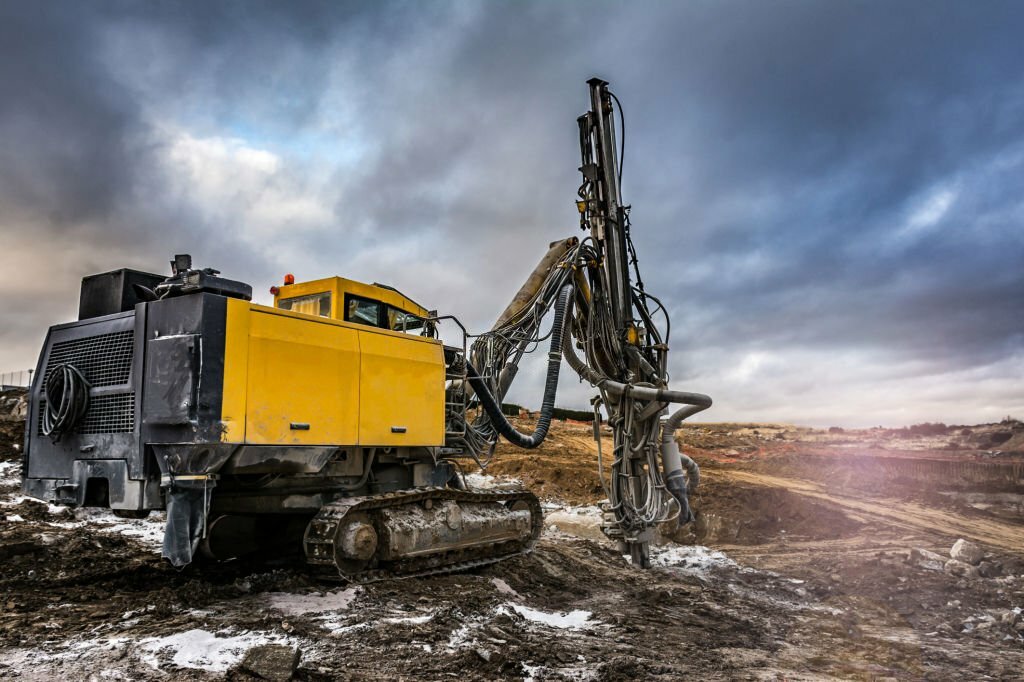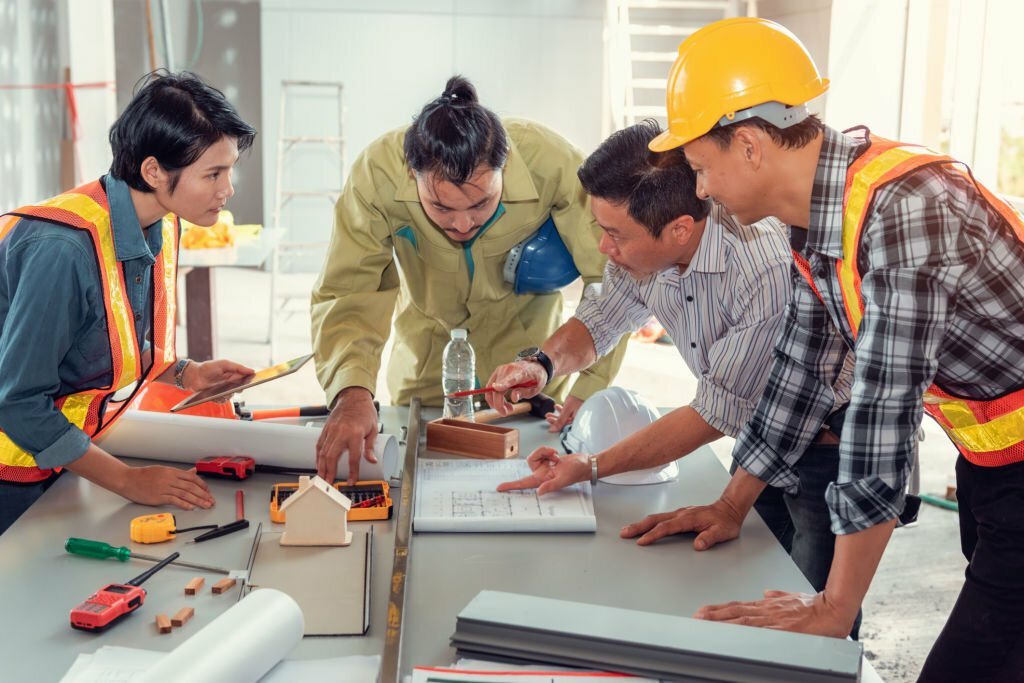Embarking on the construction of towering skyscrapers or intricate infrastructure developments represents a monumental undertaking, requiring an intricate blend of meticulous planning, skilled manpower, and, crucially, the right set of tools. Amidst the complexity of these endeavors, the selection of appropriate equipment emerges as a linchpin for ensuring construction efficiency and success. This exploration seeks to unravel the multifaceted significance of proper equipment selection in the construction industry, shedding light on how strategic choices become instrumental in shaping the trajectory of a project.
Proper equipment selection goes beyond the mere utilization of tools; it is a strategic decision-making process that resonates throughout the entire construction lifecycle. The efficiency and success of a project hinge on the judicious pairing of specific tasks with the most suitable machinery. Whether it’s the precision required for excavation or the lifting capabilities essential for erecting structural components, the right equipment becomes the conduit through which project timelines are accelerated, costs are optimized, and overall productivity is enhanced. As we navigate the complexities of construction, understanding the profound impact of strategic equipment selection becomes paramount for creating a foundation upon which successful, cost-effective, and efficient projects can be built.

Understanding the Spectrum of Construction Efficiency:
Efficiency in construction is a dynamic amalgamation of various critical factors, ranging from the seamless flow of workflows to the timely completion of tasks, cost-effectiveness, and the optimal utilization of resources. Central to this intricate tapestry of efficiency is the judicious selection of construction equipment. The term “construction equipment” itself encompasses a broad spectrum, including but not limited to excavators, bulldozers, cranes, and concrete mixers. Each of these machinery types plays a unique role in the construction process, addressing specific tasks with precision and effectiveness.
The profound importance of proper equipment selection becomes evident when we delve into the diverse and multifaceted nature of tasks inherent in construction projects. Whether it’s the excavation of foundations, the precise placement of structural elements, or the intricate mixing of concrete, each task demands a specialized set of tools. The right equipment not only expedites these tasks but also ensures a harmonious and synergistic interplay of various construction phases. It becomes the cornerstone upon which streamlined workflows, efficient project timelines, and resource optimization rest. In essence, the strategic choice of construction equipment is the linchpin that orchestrates the symphony of elements required for construction efficiency, ultimately influencing the success and sustainability of projects.
Precision in Task-Specific Equipment Selection:

Construction projects involve a tapestry of tasks, each demanding a specific set of skills and tools. From excavation and foundation laying to vertical construction and finishing touches, the tasks are as diverse as the structures they create. Proper equipment selection entails matching each task with the most suitable machinery. This precision ensures that the equipment is not just functional but optimized for the specific demands of the job.
Take, for instance, the excavation phase. Choosing an excavator with the right capacity and digging capabilities can significantly accelerate the process, reducing both time and labor costs. Conversely, using a larger excavator than necessary might result in unnecessary expenses and slower progress. The same principle applies to tasks like concrete pouring, where the choice of a concrete mixer with the appropriate capacity and mixing capabilities is paramount for achieving the desired consistency and quality.
Impact on Cost-Effectiveness:
Cost-effectiveness is a critical facet of construction projects, and equipment selection plays a pivotal role in determining the financial viability of a project. Investing in the right tools from the outset reduces operational costs associated with inefficiencies, repairs, and unnecessary maintenance.
For instance, a mismatch between the equipment and the task may result in higher fuel consumption, increased wear and tear, and elevated maintenance costs. Conversely, selecting equipment tailored to the task at hand not only enhances productivity but also contributes to long-term financial sustainability. The initial investment in the right equipment pays dividends in terms of reduced operating costs and enhanced durability.
Enhancing Project Success through Efficient Workflows:

The seamless integration of equipment into the construction process is a hallmark of project success. The right machinery enhances workflow, accelerates timelines, and ensures that projects are completed within stipulated deadlines. Proper equipment selection aligns with the specific requirements of each project phase, contributing to the overall efficiency of the construction process.
Consider the erection of structural components in a high-rise building. Tower cranes, with their ability to lift heavy loads to great heights, become indispensable for this phase. The precise coordination of tasks facilitated by the use of the right equipment ensures that each element is lifted and placed with accuracy, minimizing the risk of errors and delays. Conversely, using equipment ill-suited for such tasks may lead to disruptions, rework, and increased project costs.
Strategic Choices for Flexibility and Adaptability:
In the dynamic landscape of construction, change is a constant. Projects often encounter unforeseen challenges or alterations in scope, necessitating adaptability in both planning and execution. Strategic choices in equipment selection contribute to this adaptability.
Forward-thinking construction professionals consider the versatility of equipment, evaluating its ability to accommodate potential changes in project requirements. This foresight is crucial for maintaining flexibility and agility in the face of evolving construction needs. Choosing modular or multipurpose equipment can be instrumental in adapting to unforeseen challenges without the need for significant overhauls in the machinery lineup.
Safety Considerations in Equipment Selection:
Safety is non-negotiable in the construction industry, and equipment selection plays a pivotal role in ensuring a secure working environment. The use of outdated or mismatched equipment can pose significant risks to both operators and other personnel on the construction site. Regulations and standards mandate adherence to safety protocols, emphasizing the importance of selecting equipment that meets or exceeds safety requirements.
Advanced safety features integrated into modern construction equipment, such as emergency shut-off systems, proximity sensors, and enhanced visibility mechanisms, contribute to accident prevention. Proper equipment selection involves not only choosing machinery that meets safety standards but also ensuring that operators are adequately trained to operate the equipment safely.
Technological Advancements Shaping Equipment Selection:
The landscape of construction equipment is continually evolving, driven by technological advancements. Integrating cutting-edge technology into equipment selection can amplify construction efficiency. Telematics, for example, enables real-time monitoring of equipment performance, allowing for proactive maintenance and minimizing downtime. Automated and remote-controlled machinery is increasingly becoming a staple in construction, offering enhanced precision and safety.
The use of Building Information Modeling (BIM) is another technological advancement influencing equipment selection. BIM allows for detailed project visualization and planning, enabling construction professionals to make more informed decisions regarding equipment requirements.
Environmental Considerations in Equipment Selection:
In the contemporary construction industry, environmental sustainability is a growing concern. The environmental impact of construction activities, including the use of heavy machinery, is under scrutiny. Proper equipment selection aligns with eco-friendly practices, contributing to a more sustainable construction approach.
From the use of biodiesel fuels to the integration of energy-efficient mechanisms, equipment choices can significantly reduce the carbon footprint of construction projects. Additionally, the selection of equipment with low emissions and noise levels aligns with environmental regulations and community expectations.
Conclusion:
In conclusion, the importance of proper equipment selection in construction cannot be overstated. It transcends the mere functionality of machinery; it forms the bedrock of construction efficiency, impacting project success, cost-effectiveness, and overall productivity. By making informed choices that align with the unique demands of each project, construction professionals pave the way for success in an industry that demands precision, adaptability, and foresight. Strategic equipment selection is not just about the tools at hand; it is about shaping the future of construction by embracing innovation, sustainability, and a commitment to excellence.

